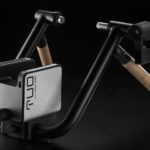
Tacx NEO Smart Trainer Review
The Tacx NEO Smart Trainer is Tacx’s flagship smart cycling trainer and one of the best overall trainers on the market today. It’s claimed accuracy rating is <1% and it’s rated at 2,200 watts, putting at the top of all electric cycling trainers.
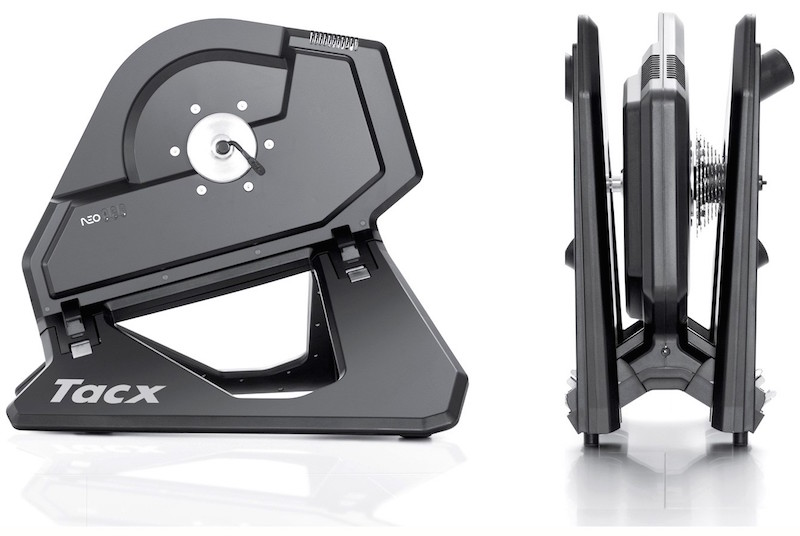

Initial Observations
I have been testing out the Tacx Neo for a while now and have come to really enjoy the performance of the trainer. When comparing the trainer to it’s top competitor, the Wahoo KICKR, the Tacx Neo has a 4″ wider base (74″ vs 70″) and I believe it’s overall design makes the trainer a bit more stable when out of the saddle. The trainer also flexes, which seems to keep it more stationary during times of peak power output. You know those times when you’re standing up pushing the watts.
Obviously price is going to be a factor in purchasing the Tacx. With a price tag of $1,599.00, the trainer is the most expensive direct drive trainer made. The Wahoo KICKR for example is $1,199.00, which is $400 less.
Transporting and Mounting The Bike
Transporting the trainer is a bit odd. You hold the trainer by one of it’s wings rather than a true handle like what comes with the KICKR.
I found that the trainer’s design makes it a little harder to mount a bike than on the KICKR. Probably not a big deal, but something that I noticed.
A bike on the NEO sits about 2″ higher than the same bike on the KICKR (36″ to the axle vs 34″). Tacx includes a front wheel block to level the bike. Because the NEO makes the bike sit a bit higher, some people may have a little difficulty mounting their bike. 2″ doesn’t sound like a lot, but it is noticeable.
NEO Trainer Noise Level
While there is a lot of debate about how noisy trainers are, I found the NEO to be relatively quite compared to wheel-on fluid, wind and mag resistance trainers. Most people claim that the NEO is more quite than the Wahoo KICKR, but if you take into account the NEO’s Road Surface Simulation, it can actually be louder. Certainly the vibration is loader when the RSS is active. Those who live in apartments and are on upper floors may want to turn off the RSS because the vibrations could annoy your neighbors.
NEO Calibration
Tacx claims that the trainer doesn’t require calibration and I suppose they would know best. With the Wahoo KICKR it’s recommended that the trainer is re-calibrated every 2-3 weeks.
NEO Maintenance
Maintenance on the NEO pretty much revolves around the Tacx EDCO freehub module, taking it off, re-greasing things and then putting it back on. I talk more in detail about how to maintain the EDCO freehub later, but suffice to say, it isn’t that difficult.
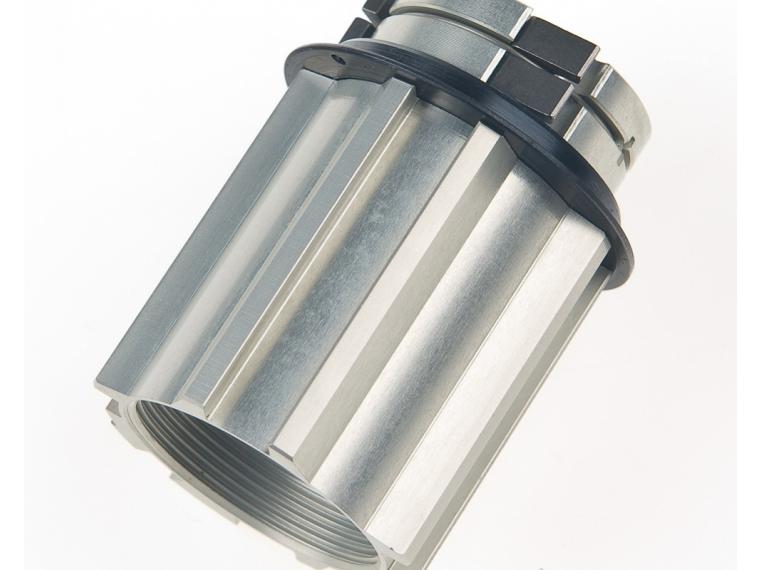
ANT+ and Bluetooth Compatible
The Neo is both ANT+ and Bluetooth compatible. I have been able to test both communication protocols on a Macbook Pro and both seemed to work without an issue. When using ANT+ you will want to turn off your bluetooth. Normally ANT+ requires some sort of ANT+USB dongle. I tested with a Garmin ANT+ USB2 dongle that plugs into your computers USB port.
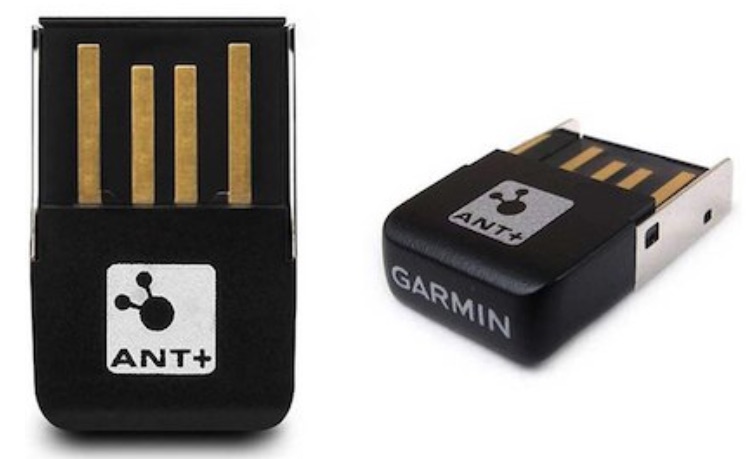
Once plugged in, it should allow the NEO trainer to communicate with programs like Zwift.
NEO Software Updates
As with most smart trainers, updating the software is important to get the best performance. Tacx has a utility program that allows you to check the trainers software version and update it when necessary. I found the software a little lacking and sometimes it wouldn’t update the trainer for whatever reason. It would be nice to get alerts, letting you know when a new version has been released. As far as I know Tacx doesn’t send out software alerts. Maybe they talk about them in News releases, but I am not sure. You do hear about the updates if you are a member of the Facebook Tacx Neo Owners group.
If you run into problems with the updates, you can email Tacx support line (support@tacx.com). Also there is a Tacx Facebook Owners Group you can join (https://www.facebook.com/groups/TacxNeoOwners/)
NOTE: For those with older NEOs, starting January 2018 Tacx is replacing the EDCO body in the NEO trainer with a new body that fits all Shimano and SRAM cassettes. Campagnolo cassettes require another body, and should be available starting in February 2018 on the Tacx website. The EDCO body is what cassettes are mounted to. You will be able to tell if your trainer has the new bodies by looking at the box the NEO comes in. Above the barcode will be written “2018”, which will indicate the NEO has the new Shimano/SRAM body.
The main reason Tacx is making the switch is because EDCO declared bankruptcy in August 2017 and the supply of EDCO bodies has dried up. EDCO was the supplier of high end cycling wheels and parts.
I did run into a software glitch with one of NEO’s firmware software updates. What I experienced was the resistance when riding Zwift didn’t match what I was seeing on screen. The other issue pertained to the Road Surface Simulation not matching what was being shown via Zwift. It was rater frustrating riding certain sections on Zwift and the trainer not replicating what was being shown.
To resolve the issue, I switch from using a Bluetooth connection to the ANT+ connection. For whatever reason, the switch seemed to solve the problem. My guess is the update only effected Bluetooth communication.
I sent a support ticket to support@tacx.com, but the turnaround time was more than a day. As one who used to supervise customer support, fast turnaround times are a key factors in keeping customers happy. As far as I can tell Tacx doesn’t have a dialog page showing software release issues and possible workarounds. On the Facebook group (https://www.facebook.com/groups/TacxNeoOwners/) a poster mentioned that a possible workaround was to disable the bluetooth and use ANT+ instead. For them that fixed the issue.
Firmware Update
As stated before, you can update the NEO with new firmware should it become available. Sometimes however you may want to revert back to a previous version. This scenario actually happened to me when an updated broke the bluetooth capabilities when connecting to Zwift.
To revert back you will need the older firmware which you can get from the Tacx Tech Support team(support@tacx.com). They should provide a link to a previous firmware update.
Steps to Update the Taxc NEO Firmware
- Step 1. Forward the tech support email to your phone or tablet email address. Please make sure that you ADD the attachment (or download and add it)
- Step 2. Open the email on your phone/tablet, and select the file. The app will ask how to open it. Select Tacx Utility app.
- Step 3. The Tacx Utility app will be opened. Connect your NEO.
- Step 4. Select firmware update
- Step 5. You can see that a new version is available. Please select update
Tacx History
In 1957 Tacx starts out as a bike and repair shop in Wassenaar, Netherlands. In 1969 the bike shop evolved into a small factory in a business park. In 1972 Tacx starts manufacturing roller cylinders and became one of the first companies in Netherlands to invest in robotic atomization. By 1987 the factory had grown to 10,000 square feet and Tacx was producing trainers, rollers, and bicycle racks.
In 2000 Tacx connected computers to trainers and by 2014 Tacx trainers were communicating via ANT+ and Bluetooth.
Today the Tacx Neo trainers feature Tacx’s ‘road feel’, enabling them to accurately simulate the vibrations of the road’s surface.

Tacx NEO Smart Trainer Review
The Tacx NEO Smart is the most powerful and sophisticated trainer in Tacx lineup with a claimed accuracy of < 1% and max watt reading of 2,200 watts. Tacx claims the NEO is also one of the most quiet trainers on the market.
The Neo Smart is categorized as a Direct Drive trainer, meaning a bike’s rear wheel is removed and the chain is directly attached to the unit’s cassette. Currently direct drive trainers are the most accurate.
Neo Smart | Road Surface Simulation
One really neat feature of the Neo Smart is the incorporation what Tacx refers to as Road Surface Simulation or Road Feel. The trainer simulates the feeling of riding on cobblestones, gravel, off road and other surfaces you may encounter while riding in the real world. In reality a user will feel vibrations coming from the trainer based on the different road surfaces.
To date, the Neo Smart Road Feel feature is unique to the NEO and works with some of Tacx films and virtual worlds like Zwift Island and Watopia. No other trainer from any other company has this feature.
When the road surface simulation is active, you may find your cadence drops due to the increased resistance. It’s pretty noticeable when transitioning from the simulation of gravel to smooth road.
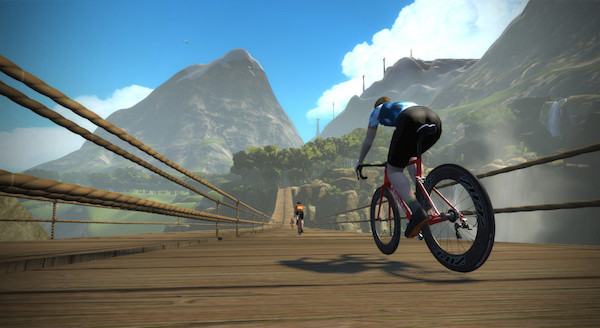
Plug In/Plug Out Technology | Green Technology
Another really cool and useful feature of the Tacx NEO Smart is what Tacx refers to as Plug In/Plug Out technology or Green Technology. It means the trainer can be used with or without electricity, so for instance you could take the trainer to a high school track and do Brick workouts (Bike/Run workouts) without plugging it in to an electric outlet.
When not plugged in the trainer functions like a wireless motor brake and will generate it’s own power when the trainer is being used. As long as you’re pedaling, the unit will communicate and all the NEO Smart functions will be available and accessible.
Obviously for an optimal cycling experience you will want to have the trainer plugged in when available, but again it isn’t required.
Tacx NEO Downhill Drive

Many trainers fall short when it comes to simulating a descent. What usually happens with most trainers is the resistance eases up, but it doesn’t really feel like you’re going down hill. If you stop pedaling the wheel will eventually stop.
With the Tacx Neo Smart when you’re going down a mountain or hill in a Tacx film or virtual world, the wheel will keep spinning until the elevation grade changes to flat or uphill.
Tacx NEO Rocking Motion
The Tacx NEO Smart is designed to flex or move to either side providing a more realistic cycling feel, especially when climbing.
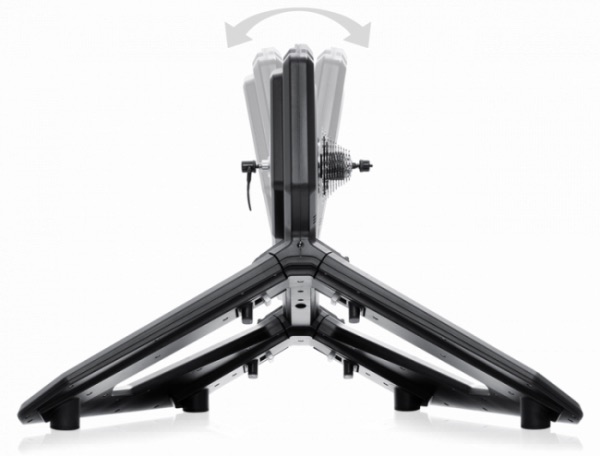
Tacx NEO Smart Software Compatibility
Tacx NEO Smart trainers use Bluetooth Smart and ANT+ FE-C protocols for communication, allowing third-parties to communicate with the trainer. The software receives the speed, cadence and power from the trainer and controls the brake.
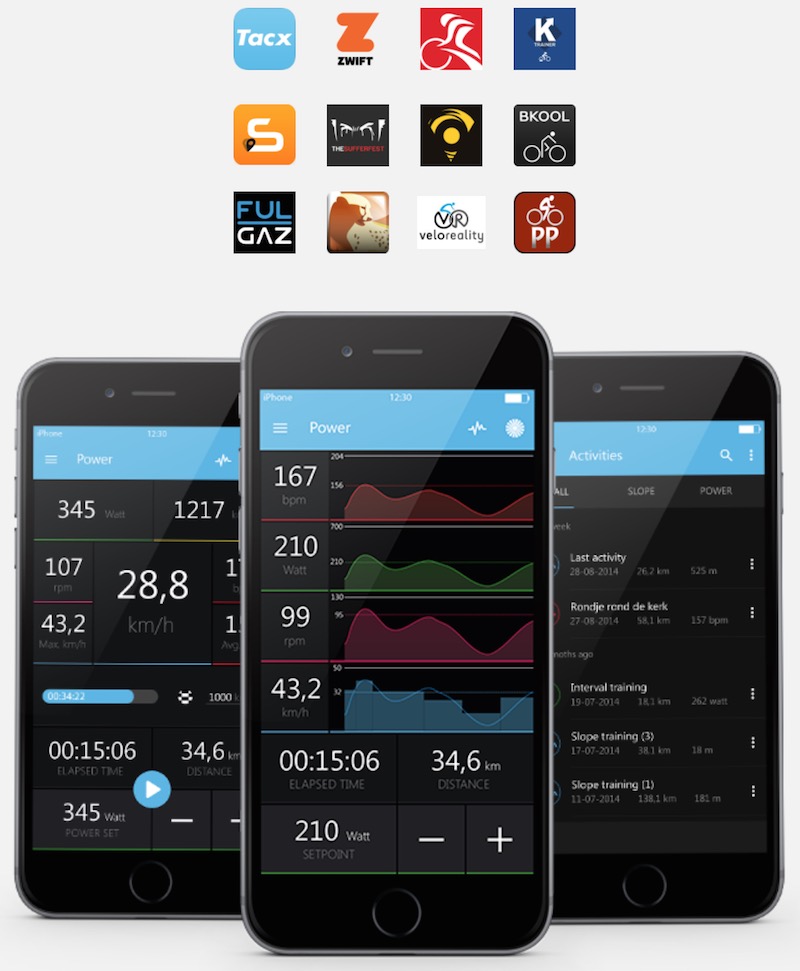

Tacx NEO Smart Specifications
| FEATURES | |
|---|---|
| Magnets | 32 Neodymium magnets |
| Type of trainer | Direct Drive |
| Transmission | None |
| Electrical requirements | 110-240 Volt or Plug Out |
| Power indicator | Multicolour LED , Spot on floor |
| Connection indicator (ANT/BT) | 2 LEDs |
| Firmware upgradable | Yes |
| Suitable cassettes | SRAM, Campy, Dura Ace |
| Retail | $1,599.00 |
| SPECIFICATIONS | |
| Max. power (40 km/h) | 2200 Watt |
| Max. slope | 25% |
| Simulation of descent | Yes |
| Max. torque | 85Nm |
| Max. brake force | 250N |
| Flywheel | Virtual |
| Flywheel effect | Variable to 125kg (275.6lbs) |
| Calibration | No calibration required |
| Footprint (lxw) | 575×750mm (22.6×29.5in) |
| Height | 550mm (21.7in) |
| Dimensions when folded | 620×260×440mm (24.4×10.2×17.3in) |
| Weight | 21.5kg (47.3lbs) |
| Article number | T2800 |
| DATA OUTPUT AND CONTROL | |
| Wireless communication | Bluetooth Smart open> |
| Control by | Smartphone, tablet, ANT+ FE-C bike computers and stand-alone Connect to computer via ANT+ antenna |
| Output | Speed, cadence and power |
| Read out on | Smartphone, tablet, bike computer, sports watch, computer with ANT+ antenna |
| Accuracy | <1% |
Tacx NEO Trainer Maintenance
For those that like to keep their trainers in tip top shape, there are a few things you can do to help maintain the longevity of the NEO. A good rule of thumb is to perform maintenance once a year, unless you’re using the trainer a lot, then maybe every 6 months.
With the NEO Smart direct drive trainer, maintenance is required for the EDCO freehub module. It is important to check this each year and clean and grease the body, to prevent cracking and clicking sounds.
Tacx NEO Maintenance Tools
In order to perform proper maintenance you should have the following
- 1 5mm Hex Wrench
- Cassette Removing Tools
- Paper Towels or a Cleaning Rag
- Latex Gloves
- Grease (I like Phil Wood – Waterproof Grease), but any good bike grease should work.


NEO maintenance in a nutshell involves removing the cassette and the Tacx EDCO freehub module, cleaning and then re-greasing the parts. It’s pretty straight forward and doesn’t require a lot of technical expertise.
- Step 1 – Remove the quick release skewer
- Step 2 – Remove the Cassette Lockring using your preferred cassette removal tools
- Step 3 – Remove the Cassette
- Step 4 – Use the 5mm hex wrench to remove Tacx EDCO Freehub lockring
- Step 5 – Remove the Tacx EDCO Freehub and Circular Washer
- Step 6 – Clean all parts removing any grim and grit
- Step 7 – Re-grease all parts including the axel
- Step 8 – Reverse the process starting with Step 5 and moving backwards towards Step 1
Maintenance takes about 20 minutes and then you’re good to go for another year.
Tacx NEO Disk Extractor
Beyond doing regular maintenance, sometimes you might also want to take it a step further and extract the Neo’s Disk to do a more comprehensive maintenance job.
In order to complete this task you will need 2 additional tools including a
- NEO Disk Extractor ($19.99 order from Tacx)
- A Socket Wrench or an Adjustable Wrench or a 24mm Wrench
When doing maintenance on the Disk, you’re looking to make sure all the magnets are properly seated and there is no residue on the coils. Older versions of the NEO sometimes have issues with the magnets becoming unseated and loose, which causes havoc in the trainer’s disk. You may know you have an issue if you have an older NEO and start hearing banging sounds within the disk.
Here is an example of an older NEO with magnets that had dislodged from their set locations. You can see that some of the magnets have even broken off. Also it appears that a bunch of the magnets have shifted positions. Apparently the adhesive holding them in place didn’t work.
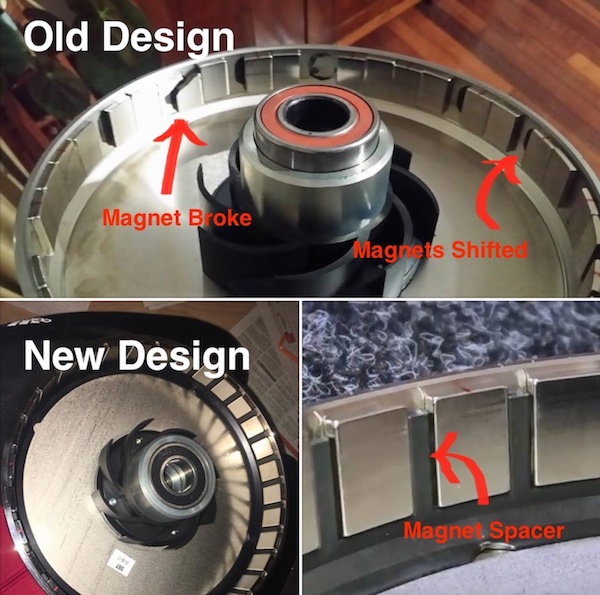
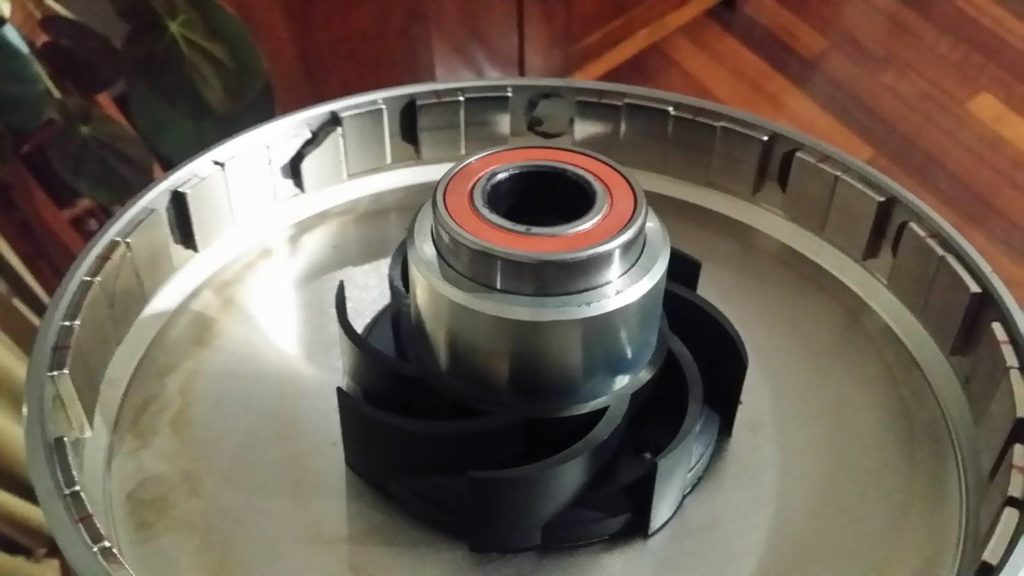
Newer versions of the NEO have had the magnet setup re-engineered by putting plastic spacers between each magnet. This helps keep the magnets in place and also makes it easier to inspect for issues. This change was made sometime around 2014, so if you have an older NEO, you could have issues down the road with magnets dislodging or moving.
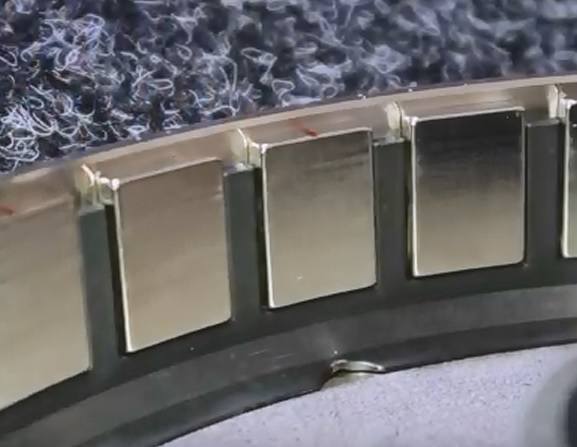
The NEO Disc Extractor allows you to remove the aluminum disc that is located the side of your NEO Smart trainer.
Some NEO users have reported hearing a grinding noise coming from the trainer. Not exactly sure what is causing the problem, but this video shows you what you might need to do to possibly fix it.
Some NEO users have reported hearing a grinding noise coming from the trainer. Not exactly sure what is causing the problem, but this video shows you what you might need to do to possibly fix it.

Bottom Line | Tacx NEO Smart Trainer Review
The Tacx Neo Smart has some rather unique features that set it apart from other cycling trainer manufactures including it’s ROAD SIMULATION and DOWNHILL DRIVE.
With a accuracy rating of <1% and a max wattage of 2,200 watts, the NEO stands at the top of the trainer industry for accuracy and power. It does come at a cost with the trainer also being the most expensive ($1,599.00) by at least $300 over similar competitors.


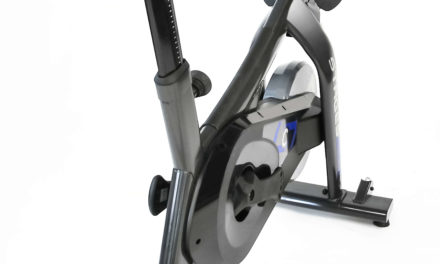
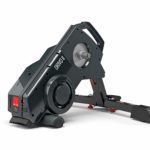




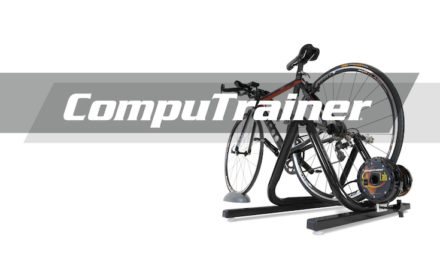
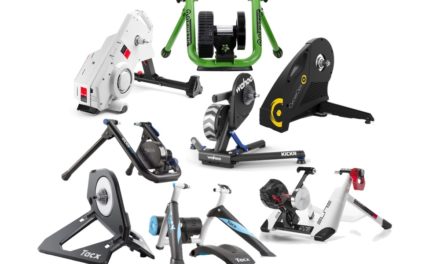





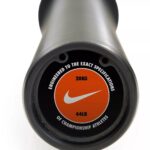
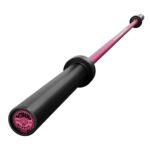


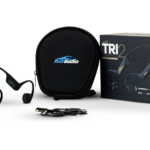

Your review has all the measurements in ” which refers to inches. I think you mean Centimetres. I don’t know about yours but my Neo is definitely not seven feet wide…..
Hi Carl,
Not sure I am seeing what you are seeing. Maybe I am overlooking something.
Here are the measurements from the article for the Neo. It shows both metric and (standard measurements)
Footprint (lxw) 575×750mm (22.6×29.5in)
Height 550mm (21.7in)
Dimensions when folded 620×260×440mm (24.4×10.2×17.3in)
Can you please confirm if there is any difference between the TACX NEO model 2017 vs 2018?
Thank you very much from Barcelona
Hi Jordi,
The only difference is the 2018 model should come with a different hub, which is much easier to maintain over the EDCO hub.
“starting January 2018 Tacx is replacing the EDCO body in the NEO trainer with a new body that fits all Shimano and SRAM cassettes. Campagnolo cassettes require another body, and should be available starting in February 2018 on the Tacx website. The EDCO body is what cassettes are mounted to. You will be able to tell if your trainer has the new bodies by looking at the box the NEO comes in. Above the barcode will be written “2018”, which will indicate the NEO has the new Shimano/SRAM body.”
I have ridden both the Tacx Neo and the Wahoo KICKR (Latest version) and found the Tacx to be a more stable platform when pushing the watts. I notice that when I am out of the saddle and pushing watts of 500 or more, the KICKR moves my trainer mat, but doesn’t do it when using the NEO pushing the same watts.
Where the KICKR wins is the price point war, but I still think I would opt for the Tacx.
I haven’t tried the KICKR with the KICKR Climb, which may push me toward getting a KICKR instead.
I do like the road simulation that the NEO offers.
Your observations about the Tacx vs the KICKR are exactly what I have experienced. I also haven’t had a chance to ride the KICKR climb. I have seen people ride it, but I didn’t try it yet.
When you ride the Tacx Neo, you will notice a difference in resistance when transitioning surfaces from gravel to smooth road. Sometimes it can be a little annoying if you’re wanting to spin and you hit gravel or dirt and the resistance kicks up.
Hey Jason,
Yep that was my observation as well. Sometimes I wish I could turn off the road simulation during a ride if I just want to spin and keep my cadence high. I notice a lot when riding in Richmond on Zwift. There is a section that is cobblestone and my cadence definitely drops because it requires more power to maintain the same speed.
I have had a chance to ride both the Tacx and Wahoo trainers. Either trainer is pretty good. I think the Tacx has a wider more stable base than the KICKR. When pushing big watts I have noticed my trainer mat moves more when on the Wahoo than on the Tacx.
When riding in Zwift, the resistance on the Tacx seems higher than on the KICKR. That said it would be nice if both trainers lowered the resistance to make it feel more road like at the lower end speeds.
I agree. Resistance is much to heav on Tacx Neo. Compare with build in SRM or Inpower my Neo gives ~25 less Watt in display. This makes the powermeter a nogo for me. I always use SRM instead. They need to ensure accuracy.
Interesting. Yeah I would like to use the SRM, but they are a little pricy. Maybe I can get them to send me one for review purposes. 😉